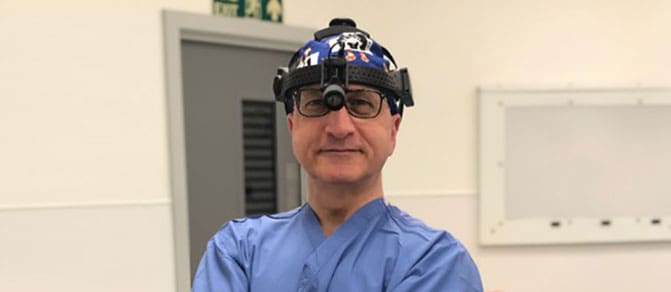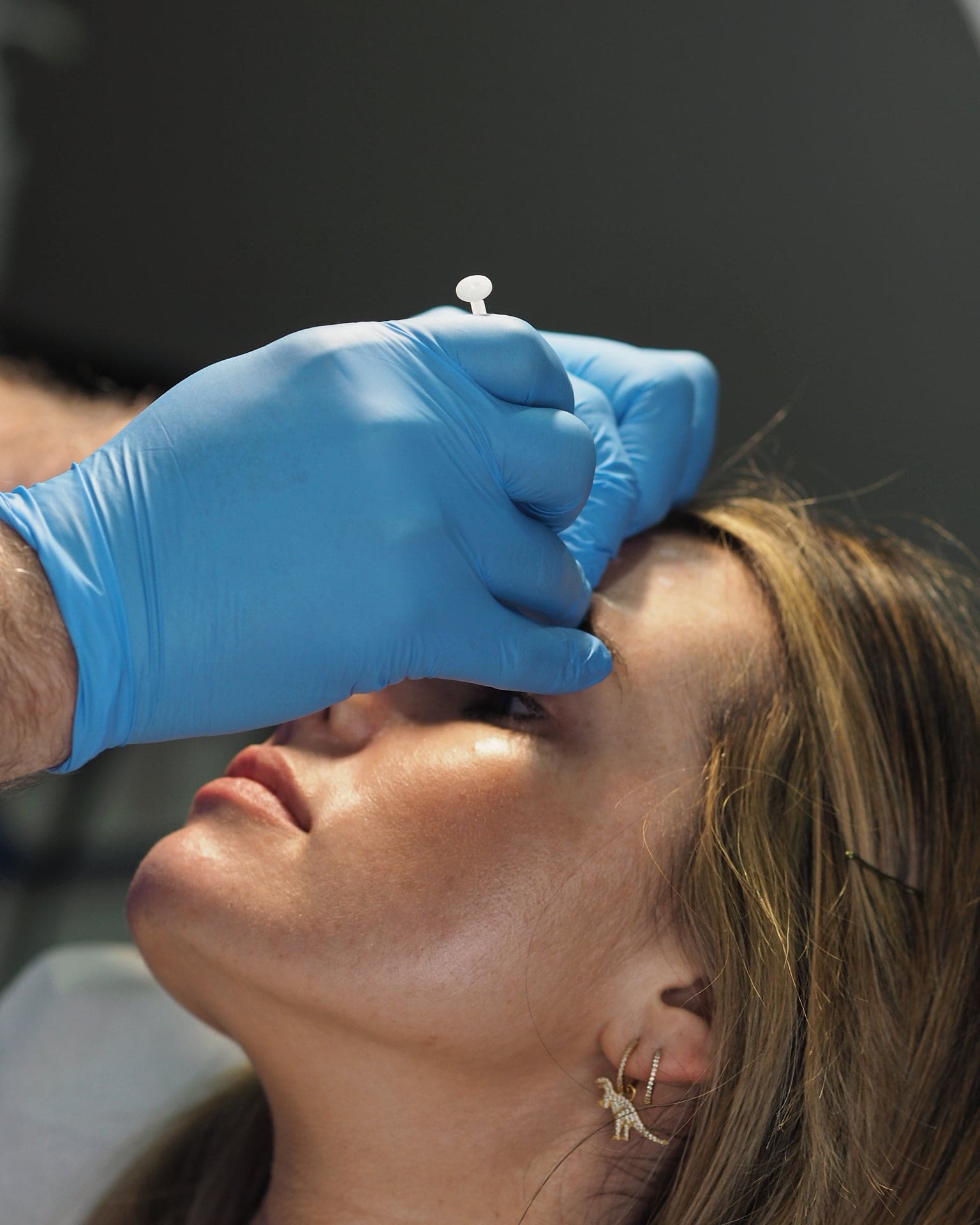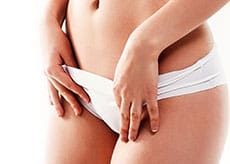News / Media
Abdominoplasty (Tummy Tuck) Surgery: Everything You Need to Know
What is Abdominoplasty?
Abdominoplasty, commonly known as a tummy tuck, is a popular cosmetic surgery designed to remove excess skin and fat from the abdominal area. This procedure helps tighten the muscles and smooth the abdominal contours, providing a flatter, more toned appearance. Abdominoplasty has seen a rise in demand, particularly as NHS restrictions limit access to this surgery. As a result, many patients are turning to private practices to achieve their desired look.
What Does a Tummy Tuck Involve?
A tummy tuck not only removes excess fat and skin but also tightens the abdominal muscles. By repositioning the connective tissue around the muscles, the procedure helps create a smoother, more youthful abdominal profile. This “champagne flute” shape is especially common for women post-pregnancy or those who have experienced significant weight loss.
It’s important to note that while a tummy tuck can’t replace exercise, it is highly beneficial for those with loose skin and muscle separation from pregnancy or weight changes.
When is a Tummy Tuck Necessary?
Even with exercise, some individuals, especially women after pregnancy, find it difficult to tighten their abdominal muscles. A tummy tuck can address this issue by flattening the stomach and improving the overall appearance. The procedure can also reduce the appearance of stretch marks, although some may remain after surgery.
While a tummy tuck is not a weight-loss procedure, it’s most effective for patients who are already at or near their ideal weight, with a BMI of 30 or lower. Maintaining a stable weight post-surgery is essential to maintaining the results.
Combining Liposuction with Abdominoplasty
Liposuction/liposculpture can be combined with a tummy tuck to remove excess fat in the abdominal area. However, based on my 18 years of experience, I often recommend performing liposuction at a later stage to reduce surgical risks. Liposuction can be safely used on adjacent areas such as the flanks (love handles) during the tummy tuck for enhanced results, but it’s important to carefully assess the risks involved.
Types of Tummy Tucks
Several variations of abdominoplasty cater to different patient needs:
- Mini-Abdominoplasty: Ideal for individuals with minimal excess skin below the belly button, this procedure involves a smaller incision and can be combined with liposuction for better results.
- Traditional Abdominoplasty: The most common form, targeting excess skin and fat below the belly button. This procedure involves repositioning the belly button and creating a transverse scar along the bikini line.
- Fleur-de-Lys Abdominoplasty: Designed for patients with significant weight loss, this method adds tightening to the sides of the abdomen, creating a vertical scar along with the traditional horizontal scar.
- Belt Lipectomy: Recommended for patients with massive weight loss, this procedure contours the abdomen, flanks, lower back, and buttocks, with a scar that follows the upper buttocks.
The “Yummy Mummy” Makeover
A tummy tuck is often combined with other body contouring procedures to achieve the popular “Yummy Mummy” makeover. This might include breast surgery, liposuction, or other body sculpting techniques, tailored to the patient’s unique aesthetic goals.
What to Expect After a Tummy Tuck
Recovery Timeline
Abdominoplasty is typically performed under general anaesthesia and may require a 1–2-night hospital stay. For combined procedures, a third night may be recommended. To ensure proper healing, patients should avoid smoking for 4-6 weeks before and 3-4 weeks after surgery. Contraception should also be avoided one cycle before surgery.
Post-Surgery Care
Dissolvable stitches are used, typically removed after 10-12 days. In some cases, surgical drains may be used to prevent fluid buildup and will be removed before discharge or in up to 10 days. Patients may experience swelling, which gradually decreases over several months. Special massages to promote lymphatic drainage can aid recovery.
Pain Management
Pain varies from patient to patient, but pre-emptive pain management, including painkiller injections, ensures a more comfortable recovery. Post-surgery instructions will include oral pain medication. A supportive corset should be worn for 4-6 weeks to aid healing.
Returning to Normal Activities
Patients can usually return to work and driving within 4-6 weeks, though more extensive procedures may require up to 8 weeks of recovery. Regular follow-up visits are essential to monitor healing and scar management.
Final Thoughts on Abdominoplasty
Abdominoplasty can significantly enhance the appearance of the abdomen, providing a smoother, firmer contour. However, maintaining a healthy lifestyle is key to long-lasting results. Be sure to consult with an accredited plastic surgeon on the GMC specialist register to discuss your goals and determine the best procedure for you.
Contact Us Today
If you’re considering a tummy tuck or abdominoplasty, schedule a consultation with our experienced team to learn more about how this procedure can help you achieve your cosmetic goals.






